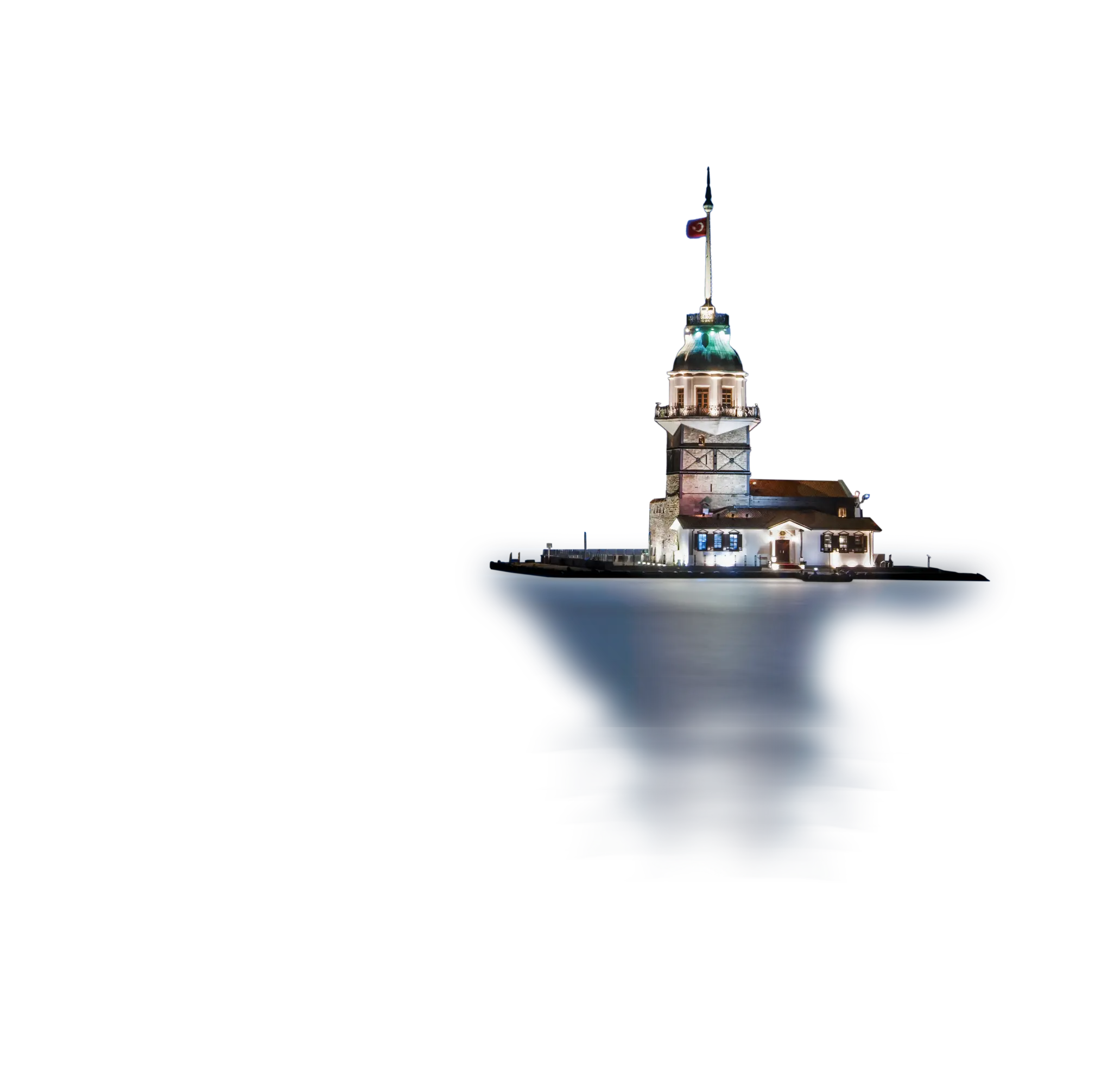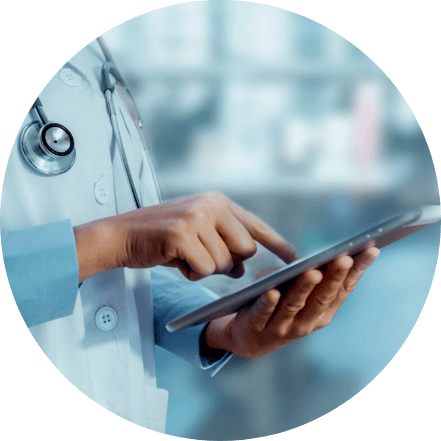
Quality · Experience · Hospitality



Fill out the form and upload

Your second opinion report will be

Recieve full information and top
Emsey Hospital in Turkiye is a world-class medical facility that offers a wide range of services to patients from all over the world. Whether you are seeking treatment for a specific condition or are in need of general medical care, Emsey Hospital is an excellent choice for your healthcare needs.
One of the main reasons why patients choose Emsey Hospital is its state-of-the-art facilities and equipment. The hospital is equipped with the latest medical technology and staffed by highly trained and experienced medical professionals. This ensures that patients receive the best possible care and treatment.
Emsey Hospital also offers a wide range of specialties, from basic medicine, surgical medicine, and internal medicine to specialized treatments such as spinal surgery, bariatric surgery, nuclear medicine, total cancer treatment (surgery-chemotherapy-radiation oncology), and IVF. This means that patients can receive specialized care for a wide range of conditions, all under one roof. This is particularly beneficial for patients who have complex medical needs or who require multiple treatments.
The hospital also has a dedicated team of international patient coordinators who can assist with everything from making appointments and arranging transportation to providing language support and helping with insurance and billing. They ensure that patients receive a smooth and seamless experience throughout their visit. We help our guests stay with our partner hotel, which is near to Emsey Hospital.
Emsey Hospital in Turkey is an excellent choice for patients seeking high-quality medical care. The state-of-the-art facilities and equipment, wide range of specialties, and dedicated team of international patient coordinators, combined with the benefits of being located in Turkey, make Emsey Hospital an ideal choice for patients from all over the world. Additionally, the costs of medical treatments in Emsey Hospital are significantly lower than in other countries, which makes it a cost-effective option for patients seeking high-quality healthcare.
Lorem Ipsum is simply dummy text of the printing
and typesetting industry. Lorem Ipsum has been the industry's
standard dummy text ever since the 1500s, when an unknown
printer took a galley of type and scrambled it to make a type
specimen book. It has survived not only five centuries,
And don't forget we have images, plugins and the
The doctors and medical staff at the hospital are highly qualified and experienced in their respective fields, with many holding specialized certifications and degrees. They have years of experience in their areas of expertise and have performed many successful procedures.
The hospital offers a wide range of treatments and services, including general surgery, orthopedics, cardiology, neurology, oncology, and much more. We also have a range of diagnostic and imaging services, including CT scans, MRI, and X-ray .
The hospital is known for its excellence in cancer treatment, spine surgery and bone marrow transplantation.
You can schedule an appointment by contacting us by phone or email, or by filling out an online appointment request form on our website.
Appointment availability can vary depending on the specific treatment or procedure. We will do our best to schedule your appointment as soon as possible, and we will keep you informed of any delays or waiting times.
The cost of treatments and procedures can vary depending on the specific treatment or procedure. We recommend that you contact us for a detailed cost estimate or to speak with one of our financial counselors.
Yes, we have international patient services available, including translation services, airport pickup, and accommodation arrangements.
Yes, there are financing options available for patients, such as payment plans and insurance options. Our financial counselors can help you explore these options.
The hospital has a high success rate for its treatments and procedures, and our patients have reported excellent outcomes.